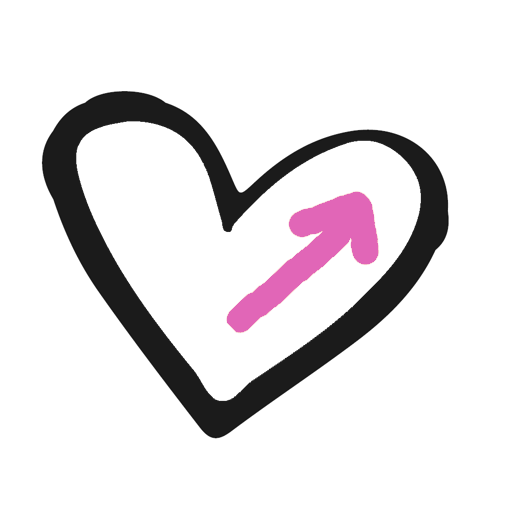[cross-posted at 09/10 ~ Thinking Forward]
Concept map for Bloom’s digital taxonomy. Developed by Andrew Churches of Kristin School in Albany Auckland, New Zealand. Click image for source.
Hmmm… not too sure I like the title. I’d just call it revised again, or updated, or something along those lines. It is a taxonomy that is updated to reflect current reality. It incorporates all modes of learning, not only the digital. Right?
Actually, on 2nd look I see that it emphasizes the digital in the descriptors as well as the information document this accompanies. Why the division of digital from all other learning? I’ve written about the problem(s) of separating the digital from other literacies before:
em-PHA-sis on the wrong syl-LA-ble or Hesitancy and “digital literacy”
And that writing still rings true to me.
As teachers we do need to teach students how to know, understand, and do. We need to teach them how to organize the increasingly messy amount of information around them, how to think critically, how to collaborate, and how to create based on all of those skills.
I plan on teaching these skills regardless of the tools they use to get there. Mind maps can be made with Dabbleboard, with masking tape and paint, or with a pen on the back of an old envelope. Heck, they can be made with a finger in the dirt. But the concept of organizing thought, either individually or collectively – stands way above the decision process over which tool to do it with. In fact, I have seen groups get so bogged down in the tools (tools that aren’t available but they wish they were, tools that don’t work, tools they don’t know properly, tools from home that aren’t compatible with school tools, etc…) that they lose their purpose altogether.
We can also model these skills. Students know I have a blog where I write about my teaching in order to improve it. They know I use different digital organizing tools. They know I collaborate with educators all over the world. They also see me calling other teachers into the classroom for advice/feedback/opinion/whatever. They see me talking with their parents so we can collectively reach our goals. They see me taking days off for professional development, so I can go meet with other teachers to improve our practice.
While I appreciate the addition of new verbs and conditions for learning in Andrew Churches’ taxonomy, I still think the title and information document puts the em-PHA-sis on the wrong syl-LA-ble. As long as we keep our emphasis on the learning outcomes, the tools we use to get there can be varied.
They do not need to be digital.


Leave a Reply